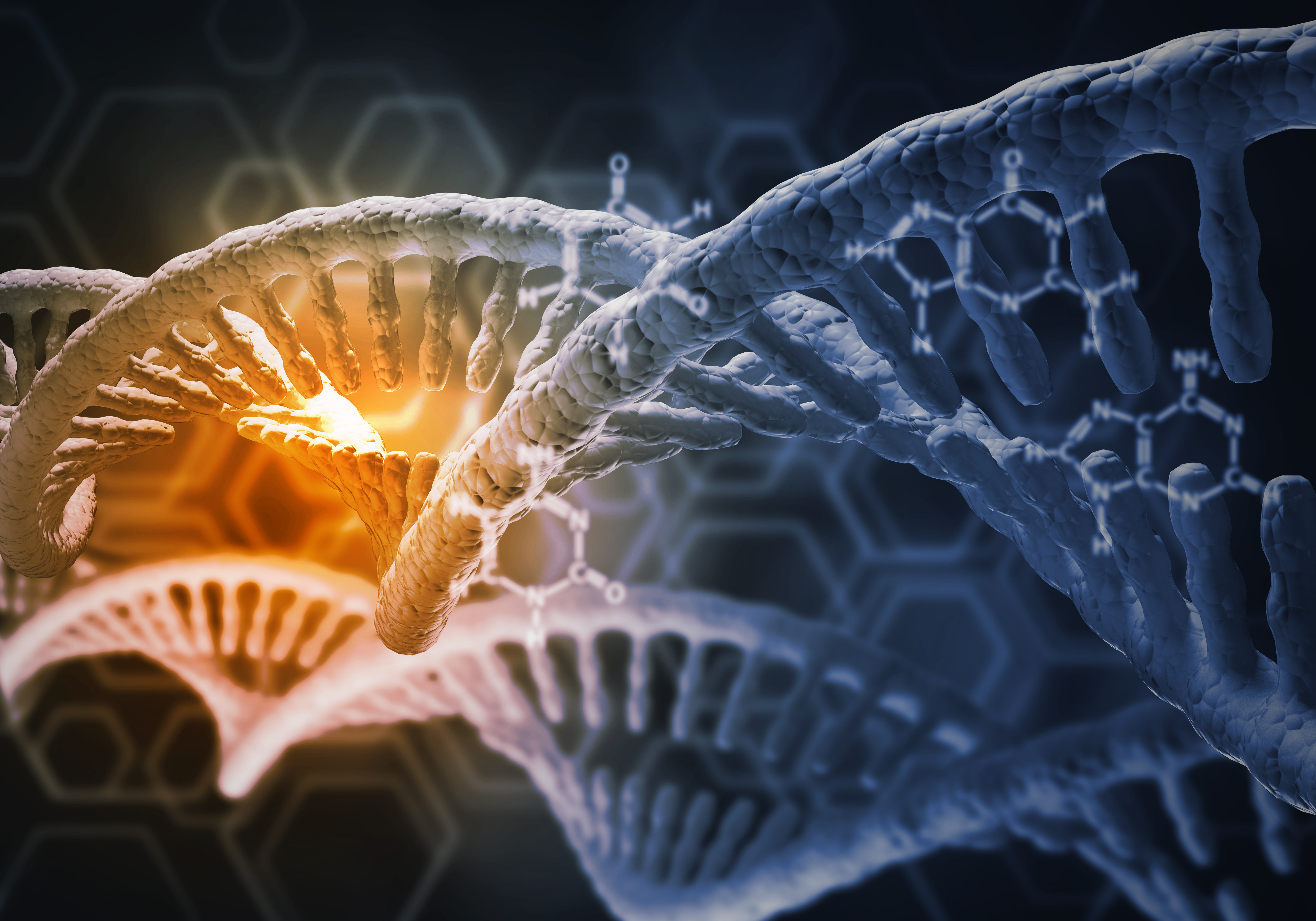New DDC Gene Mutation Found in Chinese Siblings with AADC Deficiency
Written by |

A new mutation in the DDC gene, the underlying cause of aromatic L-amino acid decarboxylase (AADC) deficiency, has been identified in two Chinese siblings diagnosed with the disease.
The case report highlights the need for a wide screen of the Chinese population — which is the most affected by the condition — to assess the incidence and types of mutations linked with the disease.
The case-report, “A novel DDC gene deletion mutation in two Chinese mainland siblings with aromatic L-amino acid decarboxylase deficiency” was published in the journal Brain & Development.
AADC deficiency is a rare genetic disease caused by mutations in the DDC gene, which contains the instructions for the aromatic L-amino acid decarboxylase (AADC) enzyme.
AADC is necessary for the correct production of neurotransmitters — substances produced in response to nerve signals that act as chemical messengers — such as dopamine and serotonin.
Lack of AADC triggers a multitude of symptoms, including lack of movement control and low muscle tone, making it difficult for patients to breathe, eat, and swallow. Symptoms typically appear in the first months of life; the majority of cases reported to date have been in Asians.
The fact that the symptoms are similar to other diseases, such as cerebral palsy, usually delays the correct diagnosis for several years.
Moreover, diagnosis of neurotransmitter-related disorders requires a sample of the cerebrospinal fluid (CSF) — the liquid surrounding the brain and spinal cord — but this requires an invasive procedure called lumbar puncture, and is often not considered for patients exhibiting nonspecific symptoms.
Researchers report the case of a brother and sister, from a Chinese family, who were diagnosed with AADC deficiency.
At birth, the girl had difficulties sucking and feeding. At 2.5 months old, she showed frequent eye deviation, which resolved after sleeping. Clinicians observed that the baby had low muscle tone in her trunk and muscle stiffness in her limbs, and drooping of both upper eyelids. She was never able to sit and crawl, nor was she able to walk either independently or with assistance.
Her brother showed the same symptoms, with poor feeding abilities at birth, low muscle tone, and motor delays. Both died of asphyxia and pneumonia at 1 year and 10 months.
Genetic analysis revealed that both carried a known mutation in the DCC gene (p.Arg347Gln), which had been inherited from their mother, and a new mutation (a deletion in a portion of the DCC gene), coming from their father.
This new mutation leads to a shorter version of the AADC enzyme, but additional studies are required to understand how this mutation affects AADC function.
“This study identified a novel DDC gene deletion mutation in two siblings with AADC deficiency disease in the Chinese mainland population,” researchers stated. “A systemic study needs to be carried out to assess the incidence of AADC deficiency and the mutation spectrum in Chinese mainland populations. Further functional studies are needed to delineate the correlation between DDC gene defects and the pathogenesis of AADC deficiency.”




